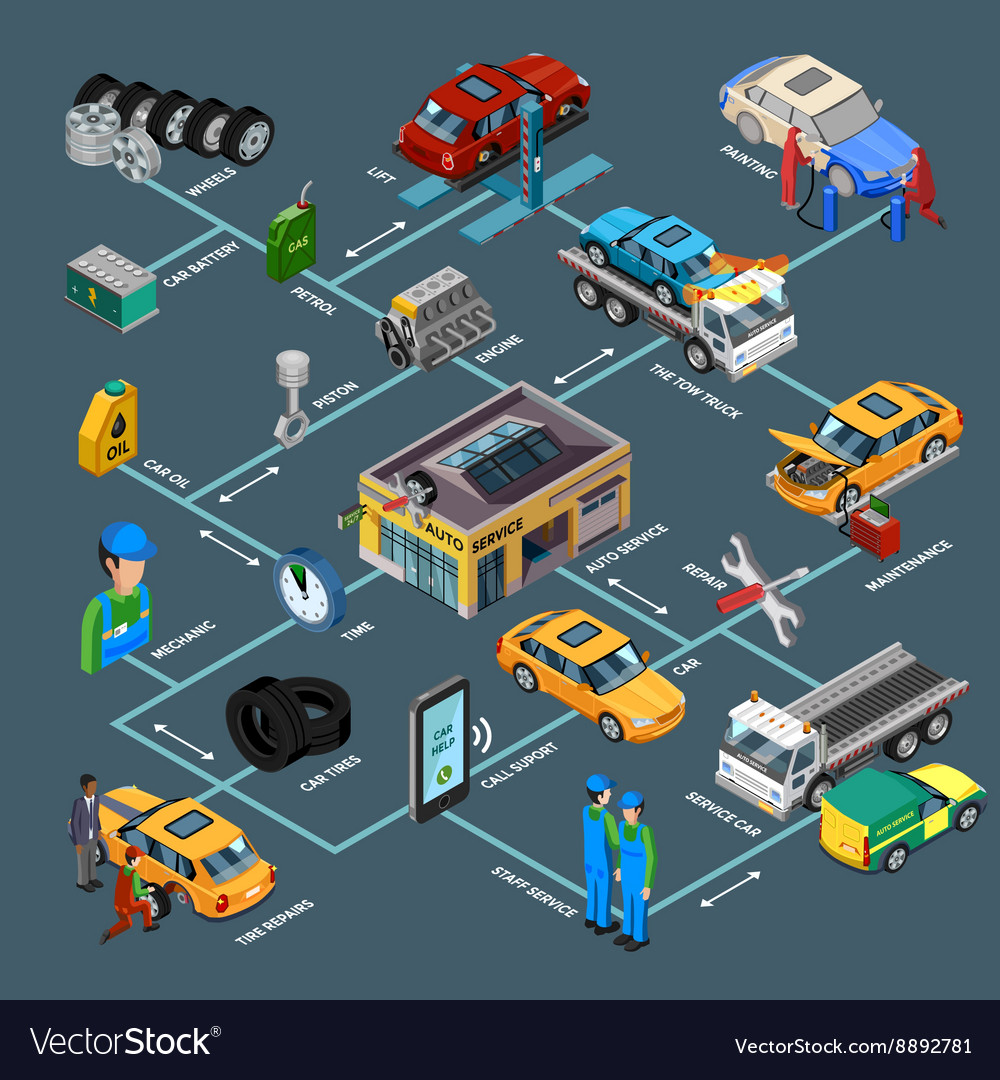Analyzing Your Vehicle'S Caution Indicators: What They Really Communicate
Analyzing Your Vehicle'S Caution Indicators: What They Really Communicate
Blog Article
Material Author-Higgins Forbes
When you lag the wheel, those beautiful caution lights on your control panel can be a little bit perplexing. Do you recognize what they're trying to inform you about your vehicle's health and wellness? Recognizing the significance of these lights is essential for your safety and the durability of your vehicle. So, the following time among those lights appears, would not you want to decipher its message precisely and take the needed steps to resolve it?
Common Caution Lighting and Interpretations
Identify common caution lights in your car and recognize their meanings to ensure secure driving.
One of the most typical caution lights include the check engine light, which signals issues with the engine or exhausts system. If this light comes on, it's important to have your vehicle examined immediately.
The oil stress warning light suggests low oil pressure, requiring prompt attention to stop engine damage.
A flashing battery light could suggest a faulty charging system, potentially leaving you stranded if not addressed.
The tire stress tracking system (TPMS) light signals you to reduced tire pressure, influencing vehicle stability and gas effectiveness. Overlooking this can bring about dangerous driving problems.
The abdominal light shows a problem with the anti-lock braking system, endangering your ability to quit quickly in emergencies.
Finally, https://theweeklydriver.com/2022/07/do-your-car-maintenance-save-money/ warning light warns of engine overheating, which can cause serious damage if not fixed swiftly.
Recognizing these common caution lights will aid you address issues quickly and keep secure driving conditions.
Importance of Prompt Interest
Understanding the typical warning lights in your car is just the first step; the value of quickly dealing with these warnings can't be highlighted enough to ensure your safety and security when traveling.
When a caution light brightens on your dashboard, it's your automobile's method of interacting a possible problem that requires interest. Overlooking these cautions can bring about much more severe troubles down the road, jeopardizing your safety and possibly costing you a lot more in repairs.
Motivate interest to warning lights can stop break downs and mishaps. For instance, a blinking check engine light can suggest a misfire that, if left unattended, might trigger damage to the catalytic converter. Resolving this quickly can conserve you from a pricey fixing.
Similarly, a brake system warning light might signify reduced brake fluid or used brake pads, essential elements for your security when driving.
DIY Troubleshooting Tips
If you observe a warning light on your dashboard, there are a couple of do it yourself fixing ideas you can try before seeking professional assistance.
The initial step is to consult your automobile's manual to comprehend what the certain caution light indicates. Sometimes the concern can be as easy as a loose gas cap activating the check engine light. Tightening the gas cap may resolve the issue.
One more common concern is a reduced battery, which can set off numerous advising lights. Checking visit the following internet site for deterioration and ensuring they're protected may deal with the trouble.
If a warning light continues, you can try resetting it by disconnecting the vehicle's battery for a couple of mins and then reconnecting it. In addition, inspecting your automobile's fluid degrees, such as oil, coolant, and brake fluid, can help fix warning lights related to these systems.
Conclusion
To conclude, understanding your cars and truck's caution lights is essential for maintaining your automobile running smoothly and securely. By promptly dealing with these alerts and understanding what they imply, you can avoid expensive fixings and prospective break downs.
Remember to consult your cars and truck's guidebook for specific information on each cautioning light and take action as necessary to guarantee a hassle-free driving experience.
Keep informed, remain secure on the road!
